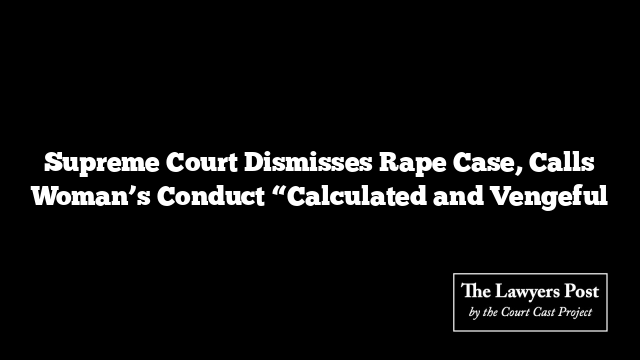In a ruling that threads modern functionality through heritage fabric, the Supreme Court has sided with the Punjab and Haryana High Court’s push to enhance its own premises—green pavers, tree cover, and a new verandah—without trespassing on UNESCO’s sacred boundaries.
The country’s top bench, comprising Justices Vikram Nath and Sandeep Mehta, swatted down the Chandigarh Administration’s objections, affirming that a new verandah outside Court Room No. 1 won’t chip away at the prestige of the Capitol Complex—a Le Corbusier masterpiece crowned as a UNESCO World Heritage site in 2016.
The Court was unambiguous: the verandah, designed to match the existing trio fronting Court Rooms 2 through 9, respects the architectural rhythm of the iconic complex. “No guideline breached,” declared the bench. Still, it allowed a soft landing for bureaucracy, granting room for ex post facto approval if red tape so demands.
But the matter wasn’t just stone and shelter. The court also greenlit the High Court’s plan to transform its kutcha parking patch into a shaded, environmentally conscious space—complete with green pavers and tree plantations. Not merely cosmetic, the plan aims to blend utility with sustainability: more cars accommodated, less concrete heat, and a leafy buffer against Chandigarh’s blazing sun.
The justices urged consultation with landscape experts, ensuring the effort doesn’t become an eyesore disguised as greenery. The court’s own internal committee will keep tabs on the project’s progress.
In a nod to procedural breathing room, contempt proceedings—sparked by earlier delays from the UT Administration—have been temporarily shelved for 12 weeks. It’s a pause, not a pardon, intended to give Chandigarh a chance to follow through with the High Court’s November 2024 mandate.
The tussle began with a PIL in 2023, filed by the High Court’s Secretary, spotlighting infrastructural woes in the premises. Rain-drenched litigants, cramped walkways, and parking gridlocks formed the backdrop. The High Court responded with clear orders: verandah first, then pave the way for eco-friendly parking.
Chandigarh’s officials had thrown heritage caution flags, arguing that any addition to Le Corbusier’s concrete gospel required global nods—from the Archaeological Survey of India to Fondation Le Corbusier in Paris. But as the High Court saw it, the real heritage being neglected was functional access and human dignity.
The Supreme Court’s judgment doesn’t just settle a legal spat—it lays down a modern message: architecture, even when world-renowned, must evolve with the people it serves.





